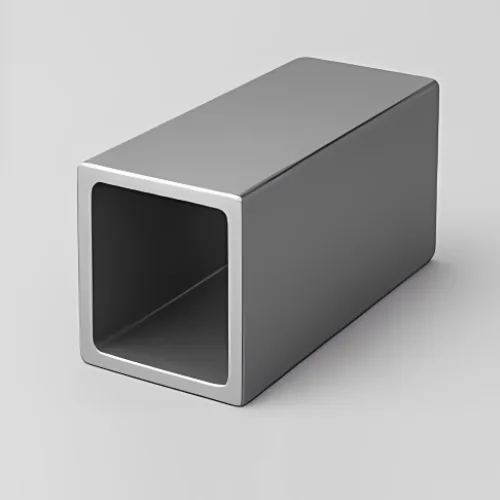
316 Stainless Steel Seamless Pipe
Keywords: 316,
Standard: ASTM, AISI, DIN, EN, GB, JIS
Technique: Hot Rolled/Cold Rolled/Galvnized
Processing Service: Welding, Punching, Cutting
Available Size Range: Click here
Volume: 0
Get A Quote
Keywords: 316,
Standard: ASTM, AISI, DIN, EN, GB, JIS
Technique: Hot Rolled/Cold Rolled/Galvnized
Processing Service: Welding, Punching, Cutting
Available Size Range: Click here
Volume: 0
Get A Quote| Region | Standard | Grade |
|---|---|---|
| USA | ASTM A312/ASME SA-312 | UNS S31600 |
| Europe | EN 1.4401 | X5CrNiMo17-12-2 |
| Japan | JIS G3459 | SUS316 TB |
| China | GB/T 14976 | 06Cr17Ni12Mo2 |
| Cr | Ni | Mo | C | Mn | Si | P | S |
|---|---|---|---|---|---|---|---|
| 16–18% | 10–14% | 2–3% | ≤0.08% | ≤2.0% | ≤0.75% | ≤0.045% | ≤0.03% |
Chloride Domination:
Resists pitting/crevice corrosion in seawater (Cl⁻ ≤20.000 ppm) and brine solutions up to 60°C.
Passivates rapidly after mechanical damage, unlike conventional alloys.
Bio-Industry Edge:
Electropolished (Ra ≤0.2 µm) variants meet FDA 21 CFR 177.1520 for pharmaceutical/biotech fluid transfer.
Cryogenic Toughness:
Maintains impact strength down to -196°C (-320°F), ideal for LNG terminal piping.
Stress Corrosion Immunity:
Withstands SCC in chloride-rich, high-tensile stress environments (NACE TM0177 Method A compliant).
| Condition | Tensile Strength | Yield Strength | Elongation | Hardness (HRB) |
|---|---|---|---|---|
| Hot-Finished | 515–690 MPa | 205 MPa (min) | 40% (min) | 85–95 |
| Cold-Worked | 760–1.030 MPa | 550 MPa (min) | 15% (min) | ≤95 |
Marine: Subsea risers, ballast water systems, offshore rig cooling loops.
Chemical: Sulfuric acid (≤20%) distribution, chlorine dioxide reactor coils.
Medical: Sterile CIP/SIP piping, vaccine production bioreactor liners.
Energy: Geothermal brine extraction, flue gas desulfurization (FGD) scrubbers.
Food: Ultra-clean dairy processing, high-pressure homogenizer lines.
Material Verification:
PMI (Positive Material Identification) via XRF to confirm Mo content ≥2.05%.
Surface Integrity:
Ferroxyl testing per ASTM A967 to validate passivation quality.
Performance Testing:
Huey test (ASTM A262 Practice C) for intergranular corrosion resistance.
Frequently Asked Questions
Q1: Why choose 316 over 316L for welded systems?
A1: 316L (≤0.03% C) prevents carbide precipitation in weld zones. Use 316 only for thin-walled, non-welded high-strength applications.
Q2: Is it suitable for urea production environments?
A2: No—upgrade to 316L mod (UNS S31603) with low carbon and nitrogen for urea-grade compliance.
Q3: What’s the maximum continuous service temperature?
A3: 870°C (1.598°F) in oxidizing atmospheres; limit to 540°C (1.004°F) in sulfidic conditions.
Q4: How to prevent galvanic corrosion when paired with carbon steel?
A4: Insulate joints with dielectric unions and apply zinc-rich primers on carbon steel surfaces.
Q5: Acceptable cleaning methods for biofouling prevention?
A5: CIP cycles with 1–2% nitric acid or enzymatic cleaners (pH 2–3) at 60–80°C.
Products
Phone